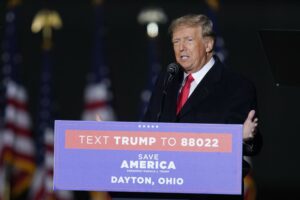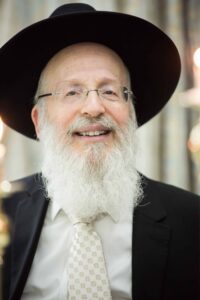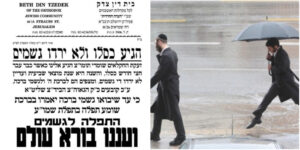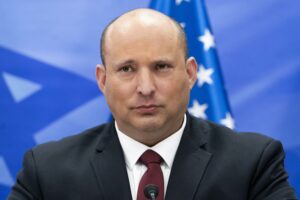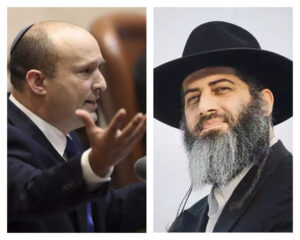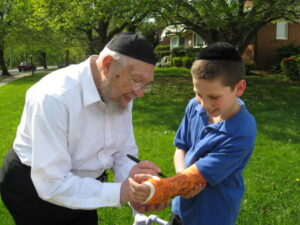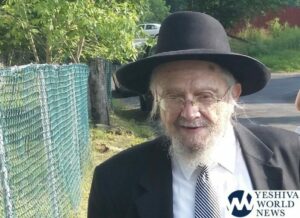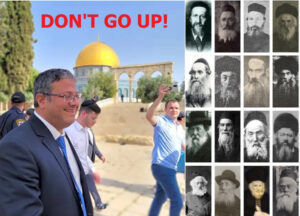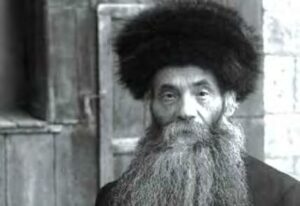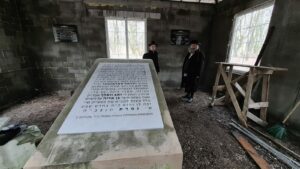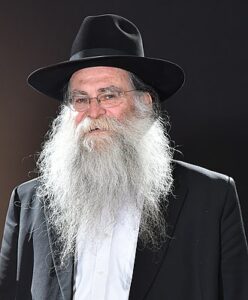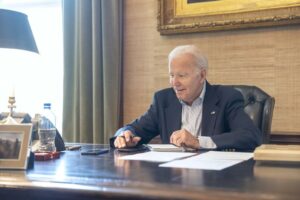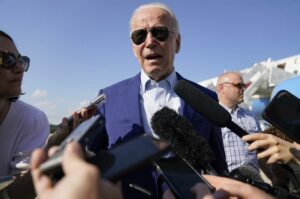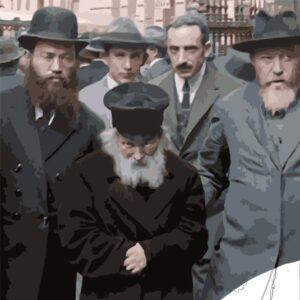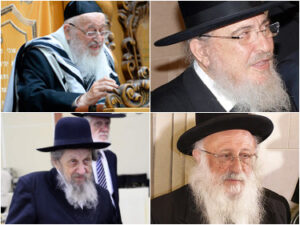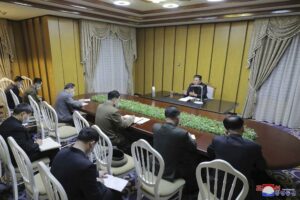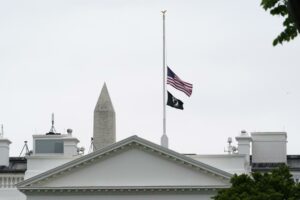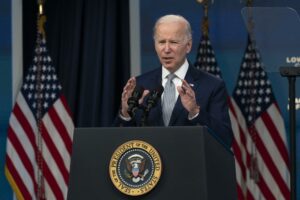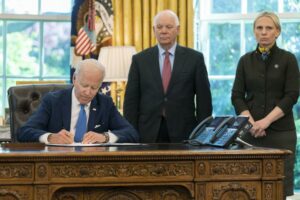
TERROR IN YERUSHALAYIM: 2 Killed, 4 Injured in Ramot Ramming Attack
A man in his 20s and a 6-year-old boy were killed, and 4 others injured after a terrorist rammed a vehicle into pedestrians waiting at a bus stop on Golda Meir Blvd. in the Ramot neighborhood of Jerusalem, Israel. The terrorist was shot and killed by IDF soldiers who were nearby. The terrorist has been identified as a 31-year-old resident of East Jerusalem. A 6-year-old boy was pronounced dead at the scene, while a man in his 20s was transported to Shaare Tzedek hospital in critical condition, where he too tragically passed away. The older victim has been identified as Pinsk-Karlin chassid Alter Shlomo Lederman hy”d. He got married just five months ago and was heading with his wife to his parents’ home in Elad for Shabbos when the terror attack occurred. The second victim identified as 6-year-old Yaakov Yisroele Paley hy”d, a resident of Ramot. According to a Psak by HaRav Ezriel Auerbach, the Levaya will be held before Shabbos. An 8-year-old victim is currently at Shaarei Tzedek in critical condition, with other victims transported there as well. Please say Tehillim for: Avraham Noach Ben Yehudis; Moshe Yehuda Ben Chana; Chaya Bas Sarah; Asher Menachem Ben Chana Devorah; Devorah bas Sarah Magon Dovid Adom EMT Shraga Rosenthal said on the attack, “The scene was terrible when we arrived. We saw a vehicle near the bus stop that hit pedestrians that were waiting. We saw 6 victims near each other. 2 of them were 6-year-old children who were unconscious with severe multi-trauma injuries. “A 27-year-old male and 30-year-old male were unconscious, and 2 further victims were conscious with limb injuries. We provided first aid and performed CPR on the two children. This is a very serious incident.” MDA Paramedic Lishai Shemesh who was in the area at the time of the attack: “I was in the car with my wife and children and noticed a car driving fast into the bus stop and crushing the people who were waiting there. I stopped at the side and immediately ran towards the victims. A security person neutralized the terrorist. It was a shocking scene, we saw several victims including 6–8-year-old children who were lying unconscious. We immediately began to triage the victims and provide life-saving treatment. MDA teams were immediately at the scene in large numbers, and continued treatment while conveying to hospital. I joined one of the ambulances and we conveyed a 26 year old male with a head injury in serious condition to Shaare Tzedek hospital.” (YWN World Headquarters – NYC)


